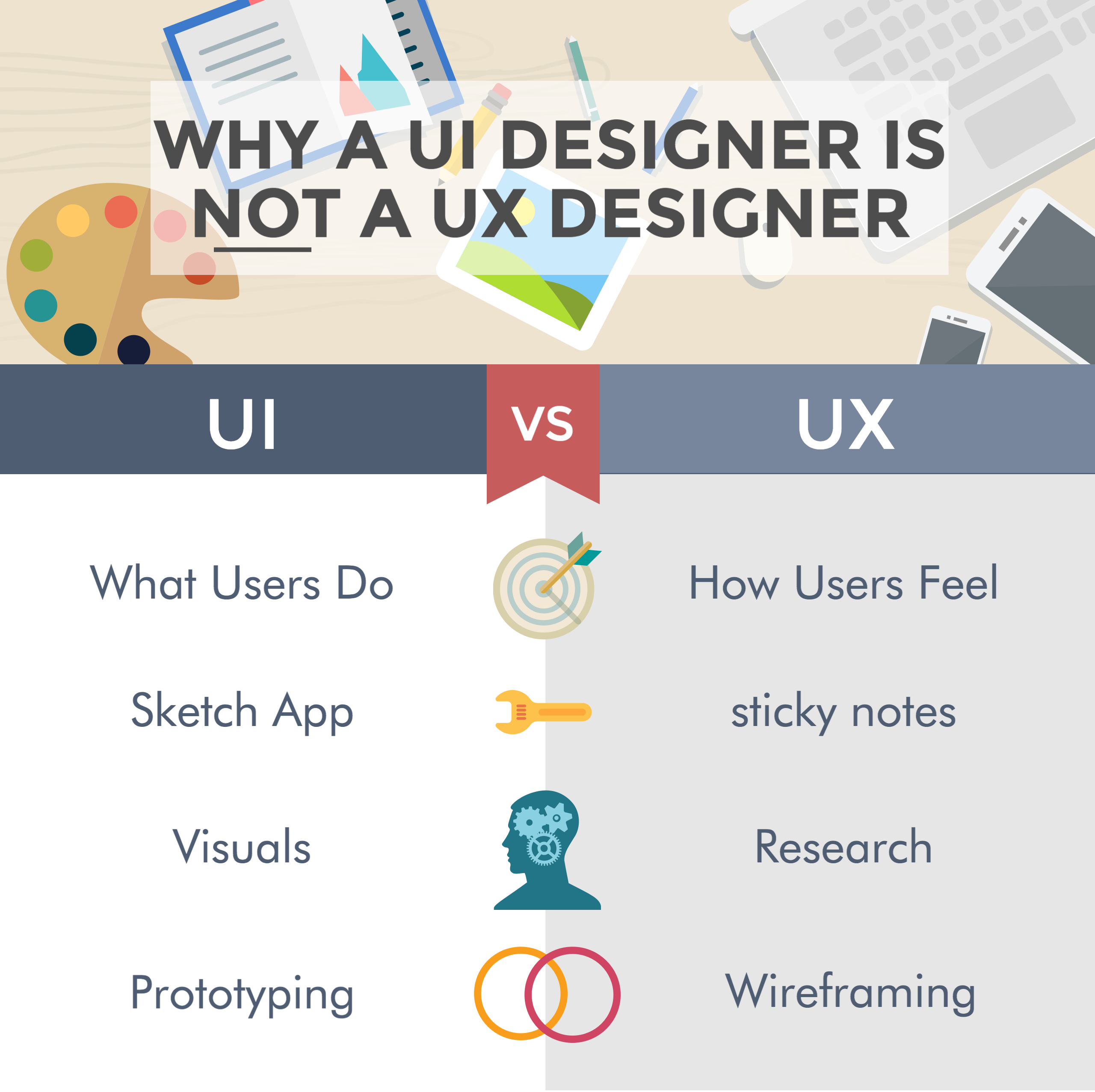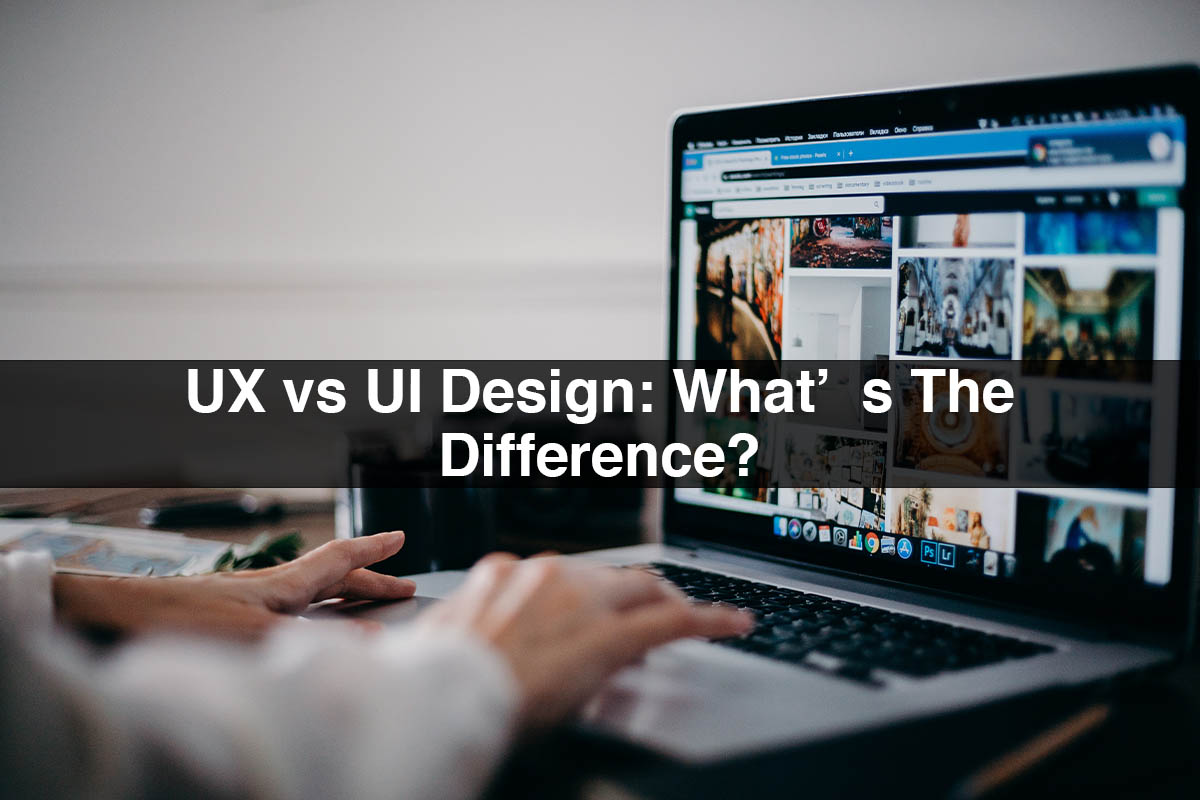Table Of Content

UX (user experience) and UI (user interface) are two terms that are often used interchangeably. But this is a common mistake, as they each mean very different things. Some people purposefully study to become a UX designer, while others slowly begin to lean into UX after working in other roles within product and marketing. By speaking the language, designers can better translate the feasibility of a user experience design concept. Although they brand their courses as “User Experience Courses”, they cover a wide range of topics.
Key differences between UX and UI
This article covers how to set up a portfolio, what should go in a UX design portfolio, how to display information, and how to promote your work. These skills are crucial for anyone wanting to get started in UX/UI design. Or read Kylie’s story of how she transitioned out of the hospitality industry to become a UX designer.
Remember That UX Roles Are Ever-Changing
Outside the worlds of design and tech, they’re not so widely understood despite being incredibly important for business. UX and UI go firmly hand in hand, and while there are millions of examples of great products with one and not the other, imagine how much more successful they might have been when strong in both fields. But like UX, it is easily and often confused by the industries that employ UI designers—to the extent that different job posts will often refer to the profession as completely different things. In fact, the role of the UX designer varies hugely depending on the type of company they’re working in.

Great Companies Need Great People. That's Where We Come In.
Designing a winning UI/UX for financial services - Tearsheet
Designing a winning UI/UX for financial services.
Posted: Fri, 13 Oct 2023 07:00:00 GMT [source]
And without an effective and pleasing UI design, even great UX would become obtuse. UX and UI design are equally essential in the making of winning products and deciding the internal mechanism of the back end and the external look of the front end. A customer can easily find an explanation about their risk score, compare the relative allocation of their assets, and look up unfamiliar definitions by clicking the hyperlinked terms on the screen. This clever UX helps build trust and confidence in an uncertain venture like investing, and in the app itself. For UX, the user doesn’t have to learn any new controls or worry about how to do certain functions.
UX designers take a carefully measured and incremental approach to designing a website. So, once the research is complete, the information architecture will get planned out. UX designers use this data to learn more about the audience, identify industry trends, and more. Competitor analysis is one part of it and is especially useful if you’re building a website for a new brand with little to no customer data to draw from.
Step 4: Content Creation
They streamline customer communication, improve the interaction between the client and the company, decrease customer service expenses, generate better reviews, and much more. The user opens the app and sees wild colors, hard-to-read fonts, and 10 CTA buttons. They close the app and leave without discovering how wonderful it is.
If you’re wondering if these design jobs are right for you, read on. At the very least you can open a dialogue with your specific user group, whether formally scheduling an in-person sit-down, or casually asking an open-ended question on social media. When it comes to UX vs. UI design, the differences matter less if you’re designing for the user. As always, this is more effective with actual user testing, rather than using guesswork.
But for designers and people handling their own digital design, UX and UI seem to be the most confusing because they’re not only one letter apart but also related concepts. When looking at UX vs. UI, it’s crucial to know which is which because, despite the overlapping concerns, each has its own specific issues—and fixing one won’t solve the problems of the other. Although UX and UI designers share many similarities — the main component of them is contributing to the same outcome — they bring different skills and perspectives to the table. UX designers focus on solving user problems in a usable fashion, while UI designers ensure these solutions are joyful and visually appealing. Though UX/UI design generally involves prerequisite skill-building in applicable fields, anyone can learn it with the right preparation.
While UX and UI designers worked on the same product elements (location, price, rating, photos), their perspective, scope, research process, and tools differed. While navigating through these steps, you interact with screens that include widgets, animations, buttons, calendars, and maps. An effective user interface is intuitive, inclusive, and accessible, and prompts the user to stick around and engage with your product.
After the solution is defined, a UX designer prepares a wireframe; that is, a high-level picture of how the whole experience should look from the product perspective. It’s easy to get confused about the nuance and differences among these roles. This resource from the Web Style Guide discusses the basics of information architecture and wireframing the basic design of a website. We’ve discussed wireframing, planning, and information architecture extensively throughout this article, and this resource discusses the basic process of utilizing these principles on a project. In terms of salary expectations, UX and UI designers typically earn more than the national median wage. According to CareerOneStop, the median salary in 2020 for a digital designer in the U.S. was an above-average $77,200.
The book equips designers with the tools and strategies to create effective user experiences while optimizing their design process for speed and flexibility. UX designers must be competent in user research, usability testing, interaction design, visual design (for web/mobile applications), UX writing, and project management. UI designers must have a solid understanding of UI components, frameworks, typography, and colour theory. User experience design is the process designers use to build products that provide great experiences to their users. UX design refers to feelings and emotions users experience when interacting with a product. It focuses on the user flow and how easy it is for the user to accomplish their desired goals.
And straying too far from the norms can be hugely problematic for many websites. UI designers conduct competitive research to find out what leading companies in the space are doing with their websites as well as to see what they look like and how they work. As you can imagine with such a lengthy and intensive process, UX designers can’t do this all on their own.

No comments:
Post a Comment